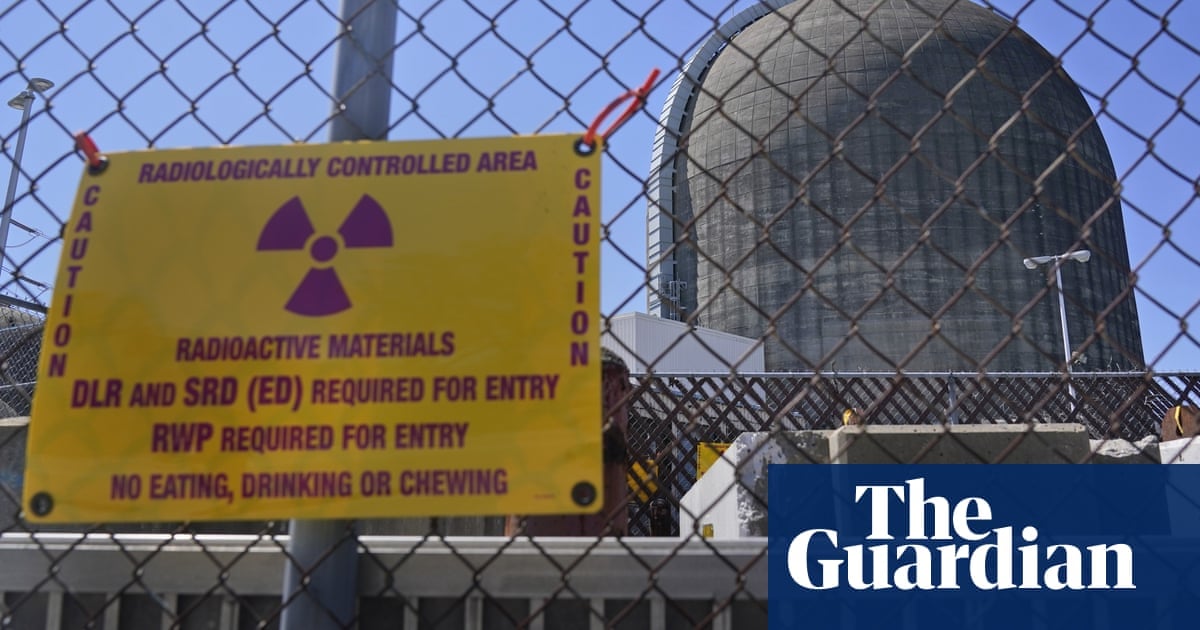Shuttering of New York facility raises awkward climate crisis questions as gas – not renewables – fills gap in power generation
When New York’s deteriorating and unloved Indian Point nuclear plant finally shuttered in 2021, its demise was met with delight from environmentalists who had long demanded it be scrapped.
But there has been a sting in the tail – since the closure, New York’s greenhouse gas emissions have gone up.
Castigated for its impact upon the surrounding environment and feared for its potential to unleash disaster close to the heart of New York City, Indian Point nevertheless supplied a large chunk of the state’s carbon-free electricity.
Since the plant’s closure, it has been gas, rather then clean energy such as solar and wind, that has filled the void, leaving New York City in the embarrassing situation of seeing its planet-heating emissions jump in recent years to the point its power grid is now dirtier than Texas’s, as well as the US average.



Yeah, on one hand nuclear energy is very safe, runs 24/7, and doesn’t belch greenhouse gases and poisons into the air. But on the other hand, it’s expensive, takes a long time to build, and many people are irrationally afraid of it.
Unfortunately, I think the real-world decisions are going to be dictated 99% by economics. But that can turn back into a good thing as green/renewable energy gets cheaper and cheaper.
The cheaper renewable energy gets the less economic sense a nuclear power plant makes. If you design a multi-billion-dollar plant for an expected electricity price and that price drops in half before the plant is completed now it won’t make a profit for twice as long.
For sure. If renewables are already significantly cheaper, and that’s because the cost has been falling and falling, how much cheaper will they be in another decade?
For nuclear, maybe the only hope is if SMRs ever take off and benefit from some economies of scale. If you can just order a handful of modular reactors from the factory and be selling electricity within a year, that changes the whole dynamic.
Unfortunately I think the latest I read about it is that SMRs are currently more expensive per watt than the traditional nuclear plants, and they’re focusing on remote areas and industrial heat and stuff like that. If that’s correct, we might need a solar-like rapidly dropping price for them to compete for mainstream grid power use.
I wish we had some place where all the anti-nuclear, flat earthers, theists, anti-GMO, vaxxers, etc. could live and pray in peace…far away from the rest of us.